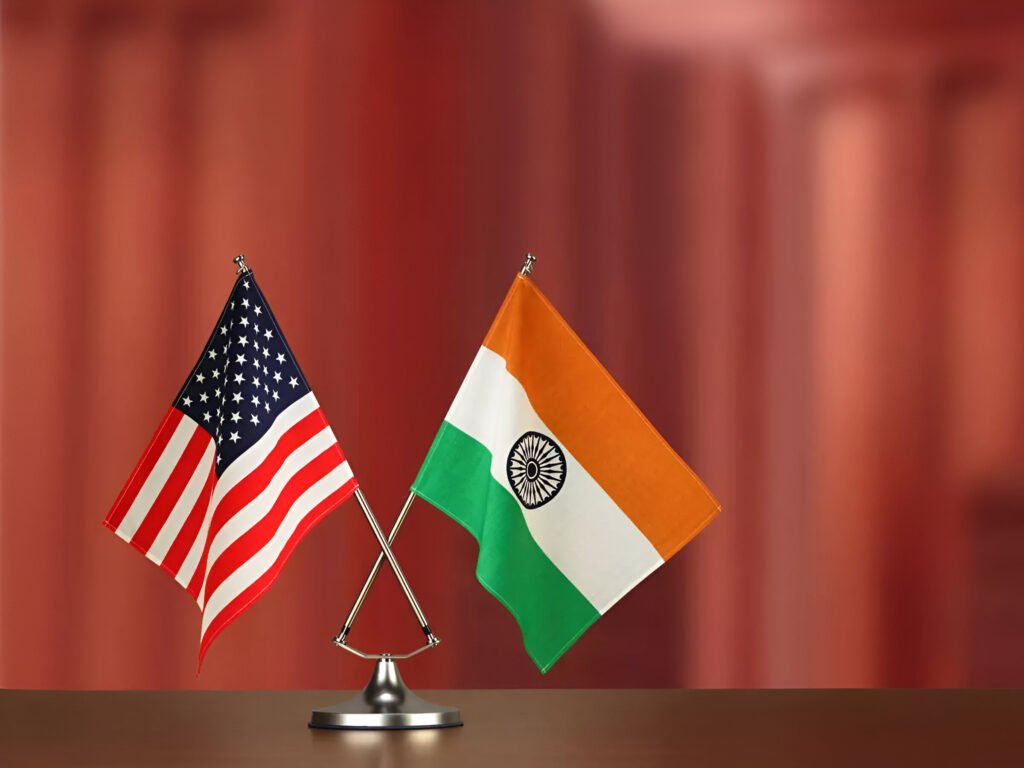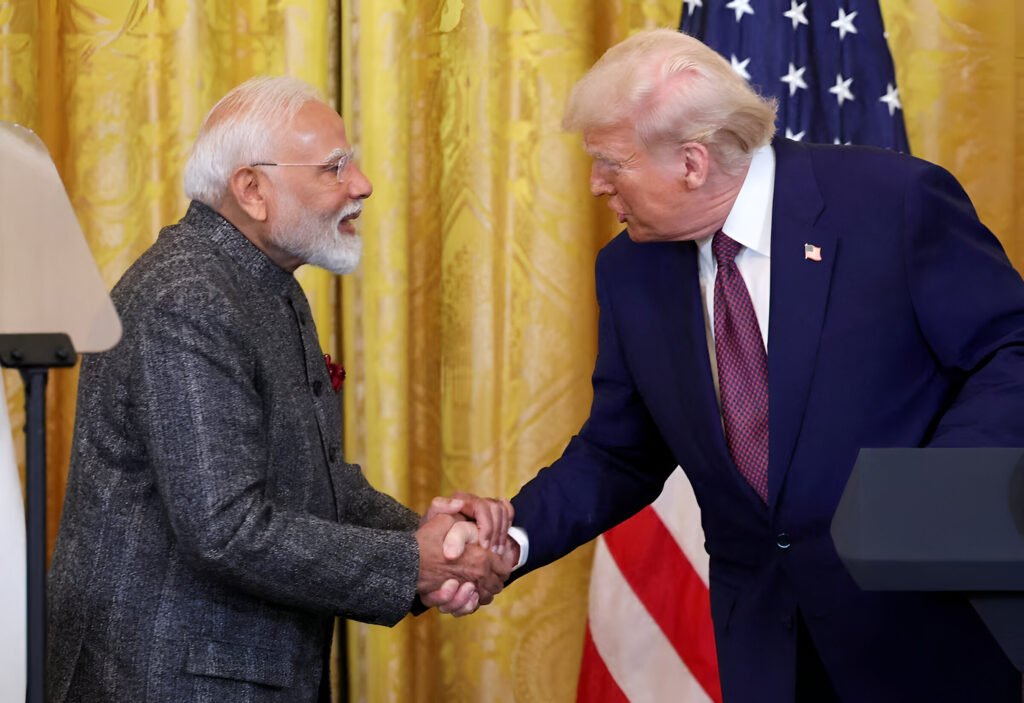
During the 90-day long tariff holiday initiated by Trump, India is considering entering into a provisional trade agreement with the US. This offers both countries a fertile ground to resolve enduring trade challenges while working on improving economic relations.
Probing Further Into The Tariff Holiday
President Trump announced in his national address in April of 2025 about easing some tariffs as a try and suspend while countries negotiate a trade agreement. This pause offers a window for India busting out of it’s slow economic growth due to US tariff hikes.
The trade policies of the Trump regime meant additional tariffs would be put on and trade deals would be made on selected areas without prior notice, causing chaos among trading partners.
Advances in US-India Trade Talks
India and U. S. have reached zur agreement on expansion of references on first phase on bilateral trade agreement, including terms on reduction or elimination of both tariff and non-tariff trade barriers. Officially opening markets and upon the full surrender of the U.S. tariffs, the US hegemony penetrated into supply chains further integrated.
Both parties are engaging in virtual negotiations, planning to reach a compromise within 90 days. The aim is to achieve $500 billion in bilateral trade by the year 2030.
Bipartite Changes of India
India has displayed active participation in the ongoing review of trade’s dialogues. The government has signalled its willingness to complete an interim free trade agreement at its earliest, knowing fully trade relations and economic ties with the US are critical.

India is not only looking for opportunities to negotiate trade, but also wishes to add energy imports from the US. GAIL India Ltd. put out a bid to take up to a 26% stake in a US liquefied natural gas (LNG) project, signing a deal to provide 1 metric ton of LNG each year from 2029 to 2030 over a 15 year period.
Roadblocks and Considerations
As much as both countries want to clinch this deal, there are a few hurdles that need to be considered first. The US has pointed out the need to focus on the other side of the spectrum, which includes having to deal with the non- tariff barrier of livestock as well as the digital services tax.
India has made some efforts including cutting tariffs on selected items and agreeing to raise import of American energy and defense supplies. However, reaching a complete agreement on the comprehensive trade deal will require deep consideration from both sides.
Implications for the Future
With the efforts from both sides, the interim trade deal can help to reach a complete bilateral trade agreement between India and the USA which strengthen the bond between both countries economically and strategically.
The rest of the world watches closely to see whether the two countries utilize the 90-day pause in tariffs as a chance to settle their economic conflict and come up with solutions to enhance their economic alliance.











